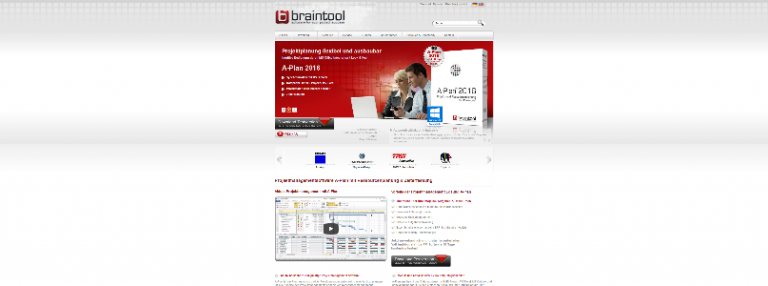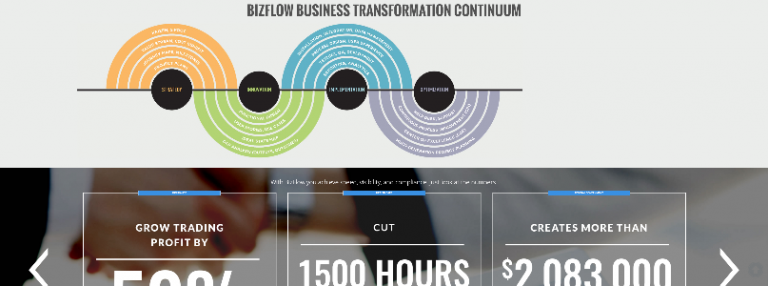


Having Web Protection enabled will use a bit more battery life in the background, too. It’s possible Norton will catch more threats than Apple’s protection does, but it would really just protect you against phishing websites and scams. Just head to Settings > Safari > Fraudulent Website Warning to ensure it’s enabled. This could theoretically be useful, but it’s worth noting that Safari for iPhone and iPad has a built-in dangerous website blocker.

Norton offers that as part of Norton Secure VPN, which requires an extra monthly fee. This isn’t like a typical VPN that sends your traffic over the network in an encrypted form. Norton is using an “on-device VPN”-when you enable the VPN, your traffic is sent to the Norton app on your device, and the Norton app checks it against a blacklist and blocks any known-based websites. This isn’t the type of VPN you usually think of. For example, if you were navigating to a phishing website, Norton could block it. It can then prevent you from accessing them. Norton uses this VPN to scan your traffic for known-dangerous websites. Web Protection connects your phone to a VPN when you enable it. You shouldn’t have to worry if you’re connected to a trusted Wi-Fi network at home or work-or if you just use mobile data. That could help you spot a dangerous public Wi-Fi hotspot. This check is performed every time you connect to a new Wi-Fi network.īasically, Norton is checking to ensure you aren’t connected to a dangerous public Wi-Fi network that’s attempting to snoop on or modify your traffic. Wi-Fi Security informs you whether your Wi-Fi network is “compromised.” Specifically, Norton’s website says the app checks for SSL stripping, SSL decryption, content manipulation, suspicious network hardware, and hotspot reputation.


 0 kommentar(er)
0 kommentar(er)
